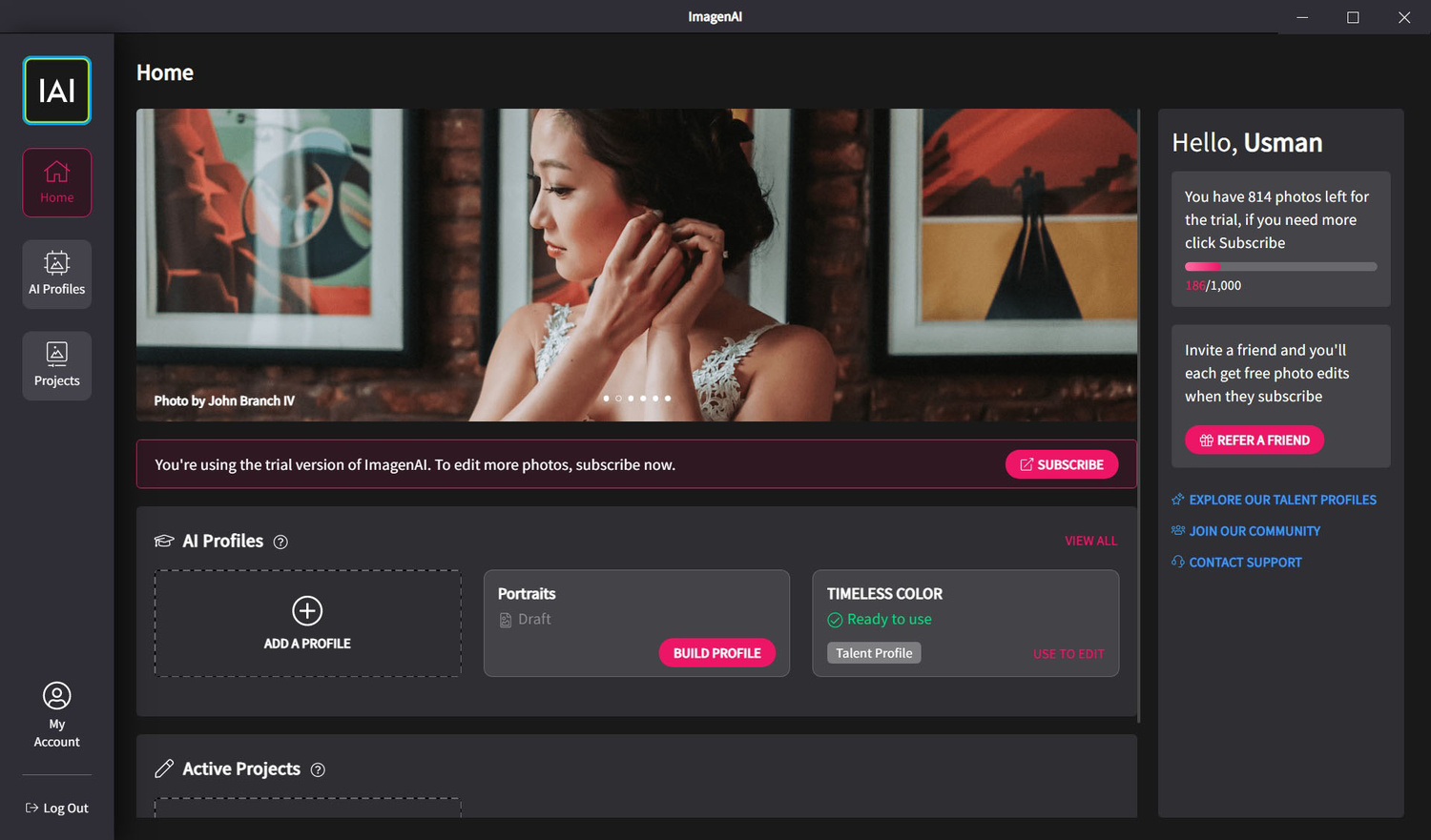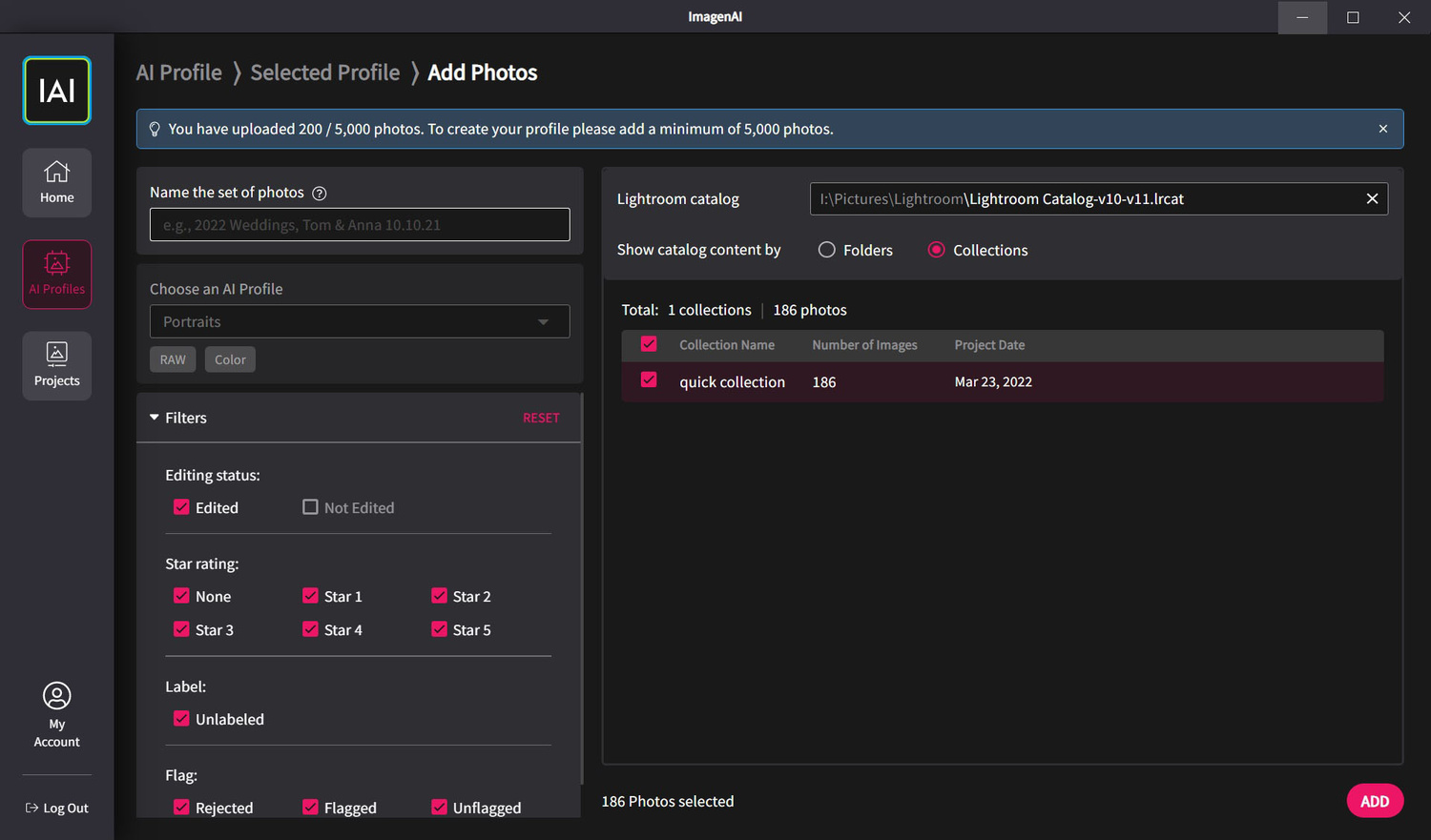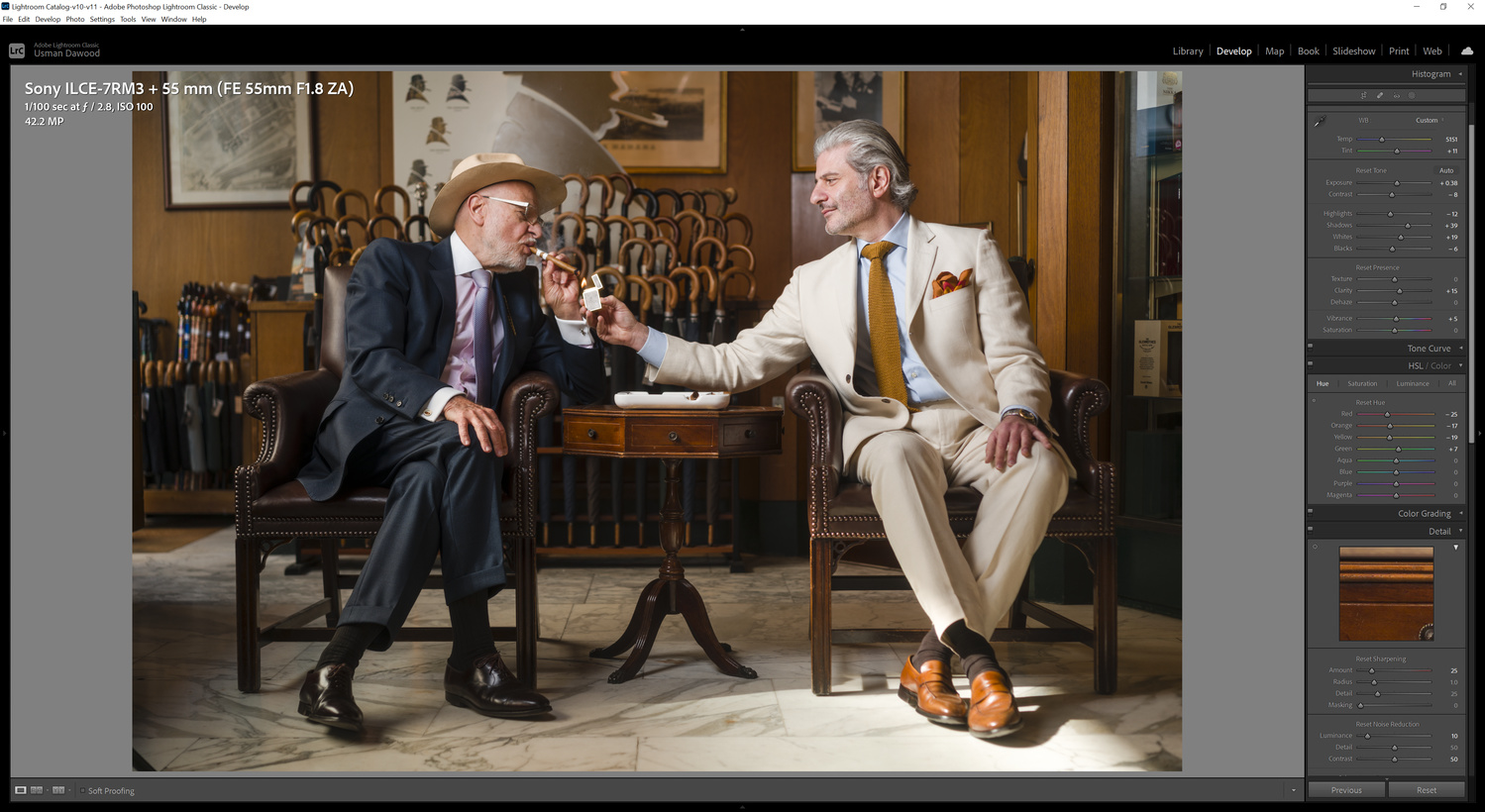[ad_1]
AI retouching software is becoming increasingly more popular among photographers. The key benefits are that these kinds of software perform complex tasks quickly and to a relatively high standard. This effectively saves a great deal of time, and it’s that time benefit that can end up being extremely valuable.
Retouching Is a Waste of Time and Money
In my experience as a photographer, I have found that retouching images as a clause in a contract is pretty much expected. I’ve never been able to negotiate the retouching process as an individually billable service. There’s also the issue of end results and what you want to present to the client. If retouching was a separate service, then some clients might not wish to pay for it, thus leaving you with potentially bad results. Our creative ego essentially obligates us to retouch the images we take.
The problem is that the time you spend retouching your images makes you no money. That time cannot be used to search for new clients. You’re also stuck behind a screen instead of being out doing your job as a photographer. Basically, the more time you spend retouching your images, the less time you have to generate more income.
Interestingly, this is one of the key reasons so many professional photographers hire retouchers. For a fee, you can send all your images to a retoucher who will edit your pictures while you continue working and earning more money.
Unfortunately, this isn’t an option for every photographer. Depending on the budget of your projects, it may not be feasible to hire a retoucher. However, the time you’re spending retouching your images is still a cost that needs to be managed and minimized. This is where AI software such as Imagen can prove extremely useful.
What Is Imagen?
Imagen is artificial intelligence software that works alongside Adobe Lightroom Classic. The software operates seamlessly with Lightroom due to the cataloging system. Imagen is able to work with images that have already been imported into Lightroom. Once the images have been imported, you close down Lightroom and start working in Imagen.

Software landing page
The landing page of the software is clear and easy to understand. There are several things you have access to from this page. However, if you’re starting the software for the first time, you may want to create your own profile. Imagen learns how you like to edit based on the images you have imported in Lightroom.
For example, if you’re a wedding photographer, you probably have your own style of editing that you’ve developed over a number of years. Imagen calls these Creator AI Profiles. If you edit your images in Lightroom, Imagen will be able to read the edits you normally do and create your own profile. Ideally, you’ll want to have a minimum of 5,000 images that you can feed into the software for it to learn your style. This isn’t required if you plan to use Imagen’s Talent AI Profiles.
If you don’t have at least 5,000 images available for the software to create your own profile, the new update does have a great alternative. You have access to editing profiles from several well-known and established photographers. Imagen calls these Talent AI Profiles. You have the option to switch between the profiles depending on the style you prefer.
After these initial startup steps, the AI photo editing software is ready to go. What’s great is that as your style changes, you can continue feeding more images into the software and your Creator AI Profile will also update with you.

This is obviously great if you’re still starting out as a photographer. At the beginning stages of your career, it’s likely that you may not have a defined style or you may not have 5,000 images available. Therefore, you can audition the profiles on the website and pick the one you like. Once you find a profile you like, you add the profile and then simply select the images you wish to have edited in that specific style.
How Does Imagen Work?
As the name would suggest, Imagen uses artificial intelligence to apply the edits on to your images. The algorithm doesn’t just apply the same settings to all of your images like a preset would. Instead, the software will examine all of your images and, based on the kind of edits you would normally perform, Imagen will apply edits to a large number of images quickly.
For example, lighting conditions can change very quickly depending on the kind of photography you’re doing. This is especially the case if you shoot with natural light. A preset wouldn’t be able to compensate for any changes in lighting conditions. Imagen, on the other hand, will be able to tell how much of an edit is required on each image depending on the way it was shot.
For instance, highlights and shadows recovery can vary dramatically from image to image. The software takes this into consideration and applies adjustments accordingly. Of course, a lot of this is down to the kind of images you feed to the algorithm or what kind of profile you select. This software will continue to develop your profile even if your style starts to change over time.
The Results
The results are what matter the most, and so far, they have been impressive. I opted to use one of the built-in profiles because as someone who doesn’t shoot weddings, I don’t have thousands upon thousands of edited images from a single genre that I can give to the software. My area of focus is architectural photography and portrait photography.

For this particular editing session, I selected my quick collection and gave the set of photos a name. The filters section allows you to control which images will be edited. You can also select or deselect some options to control what kind of edits are applied to your images.
The profile I selected was the Clean & Crisp profile from Susan Stripling. The profile produces a subtle warm result that I think works quite well for the kind of portraits I shoot. Below is the unedited image that I’ll be using to demonstrate how the software works.

What’s impressive is the amount of time it took for the software to edit 186 images. The fact that Imagen was able to complete its editing run on almost 200 images in just a few minutes is remarkable. Obviously, one would assume that larger batches of images will take longer; however, I doubt any individual editor could work this fast. Once again, it needs to be stated that the software individually edited each image.

In the above screenshot, you can see some of the edits applied to the image. Not only did the software make changes to the color, it made some intelligent choices when it comes to the lighting and even geometry of the image.


Final Thoughts
Imagen isn’t for everyone. In my opinion, this software is probably more effective for photographers that shoot a lot of weddings. Many wedding photographers perform most, if not all, of their edits in Lightroom. There may be some particular images they spend a bit more time on in Photoshop, however, Lightroom is probably the main software. Based on that, Imagen is something you simply cannot ignore.
Admittedly, the software does require an initial investment of time and effort when starting up and creating your own profile. However, this is completely worth the effort because the results are fantastic.
Hiring a retoucher is an option too, although that can end up being really expensive. Also, an external retoucher may not edit your images the way you want. With Imagen, you don’t have either of those problems because it uses your style to produce a profile, and it’s excellent value for money.
Pricing for the software is 5 cents per photo that you edit. There is a minimum monthy fee of $7 per month, however this monthly amount is always put towards any images you edit. If you do not edit enough images in a month to use up the $7, then any remaining amounts shall be rolled over to the following month.
Ultimately, ImagenAI is an incredible tool and considering the price point, it’s something that every wedding photographer should invest in.
[ad_2]
Original Source Link